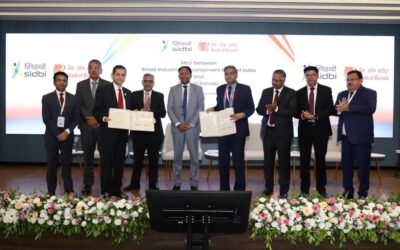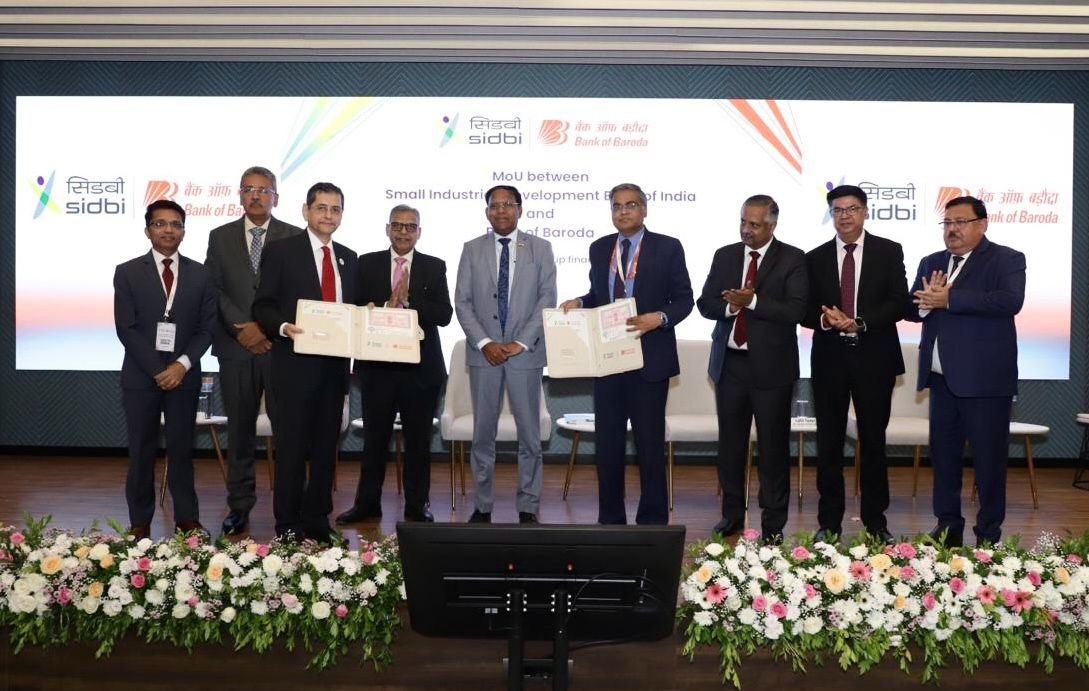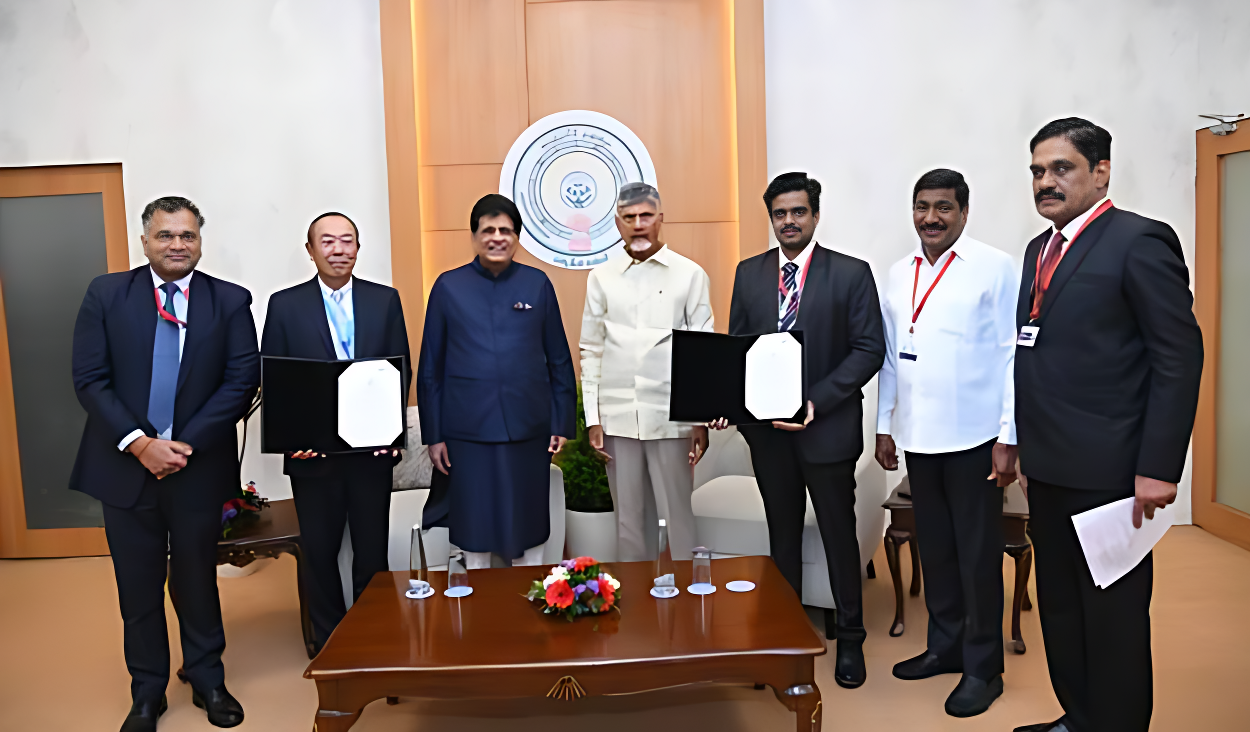GST 2.0: The Reform India Needs to Simplify Taxation and Power MSME Growth

When the Goods and Services Tax (GST) came into effect in July 2017, India achieved a milestone that had eluded policymakers for decades. A maze of central and state levies, excise duty, service tax, VAT, entry tax, octroi, was merged into a single nationwide indirect tax regime. The intent was simple yet transformative: to eliminate cascading taxes, unify the domestic market, and create transparent, technology-driven compliance.
For Micro, Small, and Medium Enterprises (MSMEs), which account for 30% of GDP, 50% of exports, and employ over 110 million people, GST initially felt like a double-edged sword. On one hand, it replaced multiple state-level taxes with a single registration and input tax credit (ITC) system. On the other, it demanded high compliance readiness, real-time digital filing, and adaptation to an unfamiliar regime. Over the years, these frictions have eased, but complexity, disputes over classification, and liquidity bottlenecks still remain.
Now, eight years later, India is preparing for GST 2.0, a comprehensive reform blueprint being discussed by the GST Council. This overhaul aims to rationalize tax rates, simplify compliance, and strengthen the framework with digital upgrades, potentially reshaping India’s growth trajectory and global competitiveness in the coming decade.
A Structural Redesign
The heart of the reform lies in rate rationalization. Currently, GST applies across four primary slabs- 5%, 12%, 18%, and 28%, plus a special cess for sin and luxury goods. While designed to balance revenue needs with affordability, this multi-slab structure has triggered classification disputes, frequent litigation, and uncertainty for businesses.
The proposed structure compresses this into two slabs plus a demerit rate:
- 5% (merit rate) for essential and mass-consumption goods.
- 18% (standard rate) for the vast majority of goods and services.
- 40% (demerit rate) for sin goods such as tobacco, pan masala, and aerated or caffeinated beverages.
Why this matters:
- Nearly 99% of goods in the 12% slab could move down to 5%, reducing prices of common household items.
- Around 90% of products in the 28% slab could shift to 18%, lowering costs for manufacturers and capital goods users.
- Disputes over classification are expected to drop sharply, reducing compliance burdens for MSMEs that lack specialist tax teams.
By collapsing the slab structure, pricing clarity improves, compliance becomes less resource-intensive and working capital pressures reduce as ITC refunds face fewer disputes.
Sectoral Winners and Losers in the Rejig
The Group of Ministers on Rate Rationalization, whose recommendations are under discussion, has proposed inverted duty correction and sector-specific relief to stimulate consumption, manufacturing, and exports. Key highlights:
Likely beneficiaries (lower GST):
- Food & Agriculture: Items like paneer, parotta, chapatti, irrigation machinery, hand pumps, drip nozzles, tractors and compositing equipment may see rates drop to 5% or even nil.
- Education & Stationery: Notebooks, atlases, pencils and lab books may be exempted to reduce costs for students.
- Healthcare: Medical-grade oxygen, anaesthetics, bandages and glucose monitors are expected to move to lower slabs.
- Renewable Energy: Solar heaters, bio-gas plants, fuel cell vehicles and windmill components may attract lower rates to support India’s green transition.
- Textiles: Synthetic fibres, yarns, carpets and floor coverings may see rationalization to improve global competitiveness in labour-intensive exports.
- Common-use items: Tooth powder, candles, sewing machines, bicycles, feeding bottles and jute/cotton handbags are proposed for rate cuts.
Likely neutral or higher GST impact:
- Coal and Cement: Proposed to move from 5% to 18%, aligning with India’s carbon reduction goals.
- Luxury and Personal Vehicles: Petrol and diesel cars above 1200cc, hybrid vehicles, and motorcycles above 350cc may see GST rates climb to 40%.
- High-value Textiles & Apparel: Garments above ₹2,500 may move to 18% to correct anomalies.
- Consumer Durables: Air conditioners, dishwashers, LCD/LED TVs and projectors may fall from 28% to 18%, balancing affordability with state revenue needs.
This differential impact reflects policy intent: reward sustainable and mass-market consumption, while discouraging environmentally harmful or luxury spending.
The New Architecture of GST 2.0
This reform is more than a rate rejig, it’s a structural overhaul of the indirect tax ecosystem:
- Faster and automated ITC refunds to ease MSME cash-flow constraints.
- Improved digital compliance tools- automated classification using AI, e-invoicing and seamless reconciliation.
- Simpler registration and return processes, reducing compliance costs.
- Reduced litigation through clearer classification guidelines.
- Technology-driven enforcement to curb evasion without adding burden to genuine businesses.
For MSMEs, which often struggle with working capital and lack tax expertise, these upgrades can translate into real productivity gains and financial stability.
Liquidity, Compliance, and Competitiveness
India’s 63 million MSMEs have long demanded GST reform. Here’s how GST 2.0 could reshape their operating landscape:
- Lower Prices, Higher Demand: Reduced GST on essentials and consumer goods can stimulate domestic demand. Analysts estimate a 0.5–0.6% GDP boost during peak consumption cycles.
- Liquidity Relief: Faster refunds reduce reliance on short-term borrowing, freeing capital for production, marketing or R&D.
- Simplified Tax Management: Fewer slabs mean less confusion, fewer disputes and reduced need for expensive consultants or legal battles.
- Export Competitiveness: Predictable refunds and lower costs allow MSMEs to price more aggressively in global markets, critical for sectors like textiles, engineering goods, and auto components.
- Digital Formalization: Enhanced compliance systems will integrate more MSMEs into formal credit channels, attracting institutional financing and investor confidence.
Challenges Policymakers Must Solve
Despite the promise of GST 2.0, execution hurdles remain:
- Revenue Shortfall Risks for States: Rationalization could cause a 0.3% GDP revenue dip. The Centre will need robust compensation mechanisms to prevent resistance.
- Technology Adoption Gaps: Larger firms can adapt to new ERP and digital systems quickly, but MSMEs need handholding, subsidized software, and user-friendly platforms.
- Implementation Delays: Delays in ITC settlement or rate transition could disrupt supply chains and discourage investment.
- Balancing Equity with Efficiency: Policymakers must ensure rate changes do not unduly burden low-income households or high-employment sectors.
Driving Sustainability and Innovation Through Tax Policy
GST 2.0 can also align taxation with India’s green growth vision. By lowering rates on renewable energy equipment, recyclable materials, and energy-efficient machinery, the government can nudge industries including MSMEs toward eco-friendly business models.
This approach offers three strategic benefits:
- Green products become cost-competitive with conventional alternatives.
- MSMEs meet rising consumer and export-market demand for sustainable goods.
- India strengthens its climate credentials in global trade negotiations where carbon standards are becoming decisive.
A Reform Whose Timing is Critical
With India pushing for $1 trillion in exports by 2030 and courting global supply chain relocations from China, tax efficiency is no longer optional. A simplified GST framework signals policy predictability, a key factor for both foreign investors and domestic entrepreneurs.
For MSMEs competing with agile players in Vietnam, Indonesia, and Thailand, every percentage point of cost reduction matters. GST 2.0 offers them that edge, provided it is implemented decisively and inclusively.
An Economic Reset
The first GST rollout in 2017 integrated India’s domestic market. GST 2.0 is about optimizing that integration for growth, liquidity, and sustainability. If executed well, this reform will do more than ease compliance, it will stimulate demand, accelerate formalization and boost India’s manufacturing competitiveness.
For MSMEs, it is not just a tax change, it is an opportunity to transform operations, access finance more easily, and participate meaningfully in India’s $5 trillion economic journey.
This is not merely a fiscal adjustment. It is a structural reset, one that could define India’s next growth cycle.











